With the spread of COVID-19 throughout the world, and more and more cities being put on lockdown, buying the right types of food is becoming more important than ever.
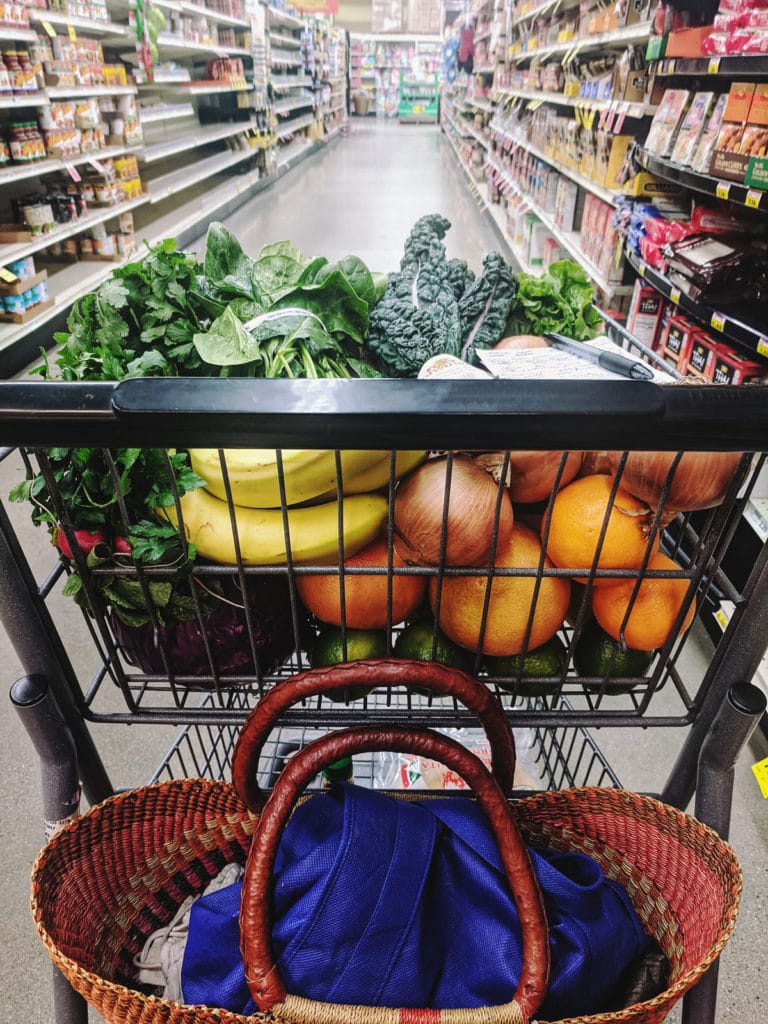
Jump to:
By right types of foods, I mean foods that will last longer. Meaning fewer trips to the grocery store, because you'll already have a quality selection of foods to use in building your balanced meals.
Although the necessities are still available just like usual, it's still a good idea to keep up with social distancing and making less frequent trips to the store.
Here are 7 tips for grocery shopping for a quarantine.
#1 Don't freak out
While many businesses are closing their doors for a while, others (like grocery stores) are ramping up.
The shelves may look sparse, but don't worry. It's not that they're running out of food, it's just that stores and suppliers need a little time to get things restocked. So there's no need to hoard.
#2 Build balanced meals
It's always important to think about all components of balanced meals and snacks, even when prepping for self-isolation.
Do you have options in all four categories?
Protein: like canned or frozen fish, beans (dried or canned), legumes (peas, lentils), frozen edamame, nuts and seeds/nut butters, and/or meat (chicken, beef, pork, etc.) - make sure to use meat first or freeze them for later.
Carbohydrates: grains (bread, flour, oats, farro, bulgar, barley, millet, wild rice), potatoes (sweet and regular), rice, quinoa, dried fruits, beans (they contain both carbohydrates and protein).
Fat: olives and oil, other oils (canola, avocado, peanut, etc.) nuts/seeds (including nut butters), avocado (buy hard avocados and store them on the counter until they're ripe), meats and fish also contain fat.
Fiber: Any type of fruits and veggies contain fiber. Fresh, dried, canned or frozen... any version will work! Just be sure to use fresh first since it doesn't have a long shelf life.
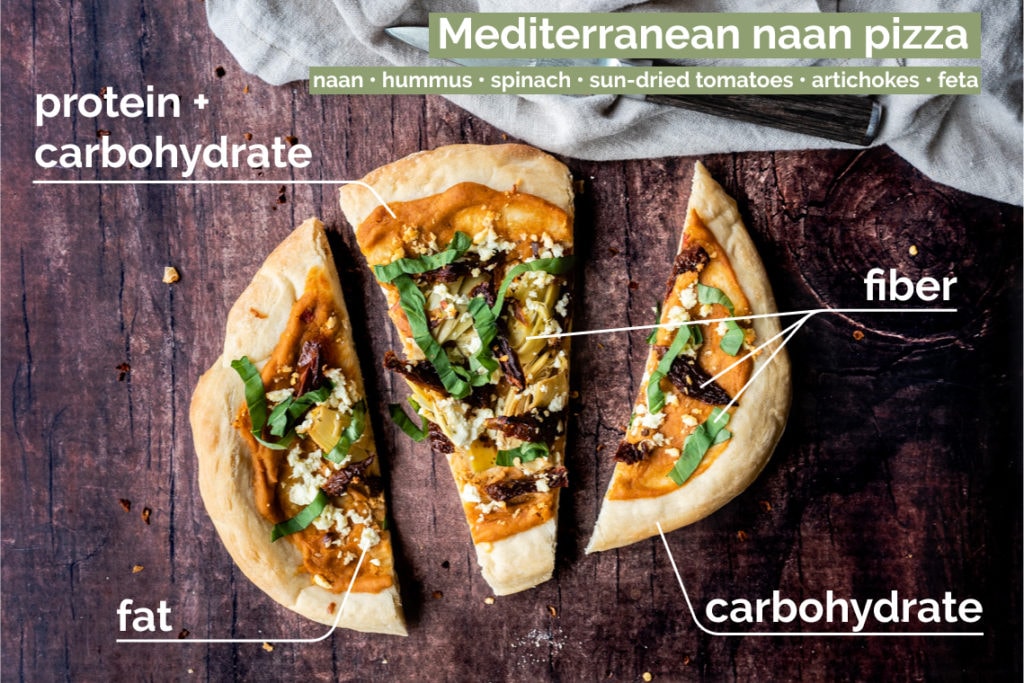
#3 Shop from your pantry
Before you head out to resupply on everything, take note of what you already have.
Many households in the US have enough food in the freezer and pantry to get them through at least a week (or more). And now is a great time to shop from your kitchen and use up those hidden treasures.
Don't forget to shop your fridge too. What do you already have? Use up the perishables first - do you have herbs or greens that are starting to wilt? Make sure to plan around the veggies that you already have before heading to the store.
This will also help your budget, as you're using up what you already have, letting you reduce how much you buy.
#4 Get some non-perishables for your pantry
Having some pantry essentials will allow you to create meals with what you already have. Pantry items typically last a while, so even if you don't end up using them before all this blows over, you'll end up with a great pantry selection for future meals.
Organize your pantry/freezer/fridge with a first in, first out mentality. This will help you use up the oldest items first, so nothing goes bad before you get around to eating it.
Check out our list below for some ideas:
Canned goods
Beans, fish, vegetables, fruit. Though canned foods often get a bad rap, canned foods can provide lots of nutrients and last a long time. You may have to take what you can get, but look for no salt added (or lower sodium) foods in BPA-free cans.
Vegetables: corn, carrots, peas, green beans, pumpkin, tomatoes.
Beans: any type - black, pinto, kidney, chickpeas, lentils. All are great and very versatile, from tacos to grain bowls.
Fish: tuna, sardines, mackerel, anchovies - all great sources of omega-3s.
Fruit: peaches, pears, applesauce, etc. Look for fruit packed in their own juices.
Frozen foods
You can get so many foods prepared frozen these days. Opt for simple ingredients and items without a lot of added sodium. Though frozen meals are convenient, many contain high amounts of sodium, low calorie amounts and long ingredients lists.
Aim for simple ingredients and look for one-ingredient foods that you can add to your meals.
Pro tip: If it was a nutrient-dense choice before it was frozen, it's likely still a good go-to option even after it has been frozen. So frozen fruit and veggies are just as (if not better) nutritionally compared to fresh.
Veggies (really any frozen veggies), fruit (same except for the fruit in sauces), edamame, brown rice, cauliflower rice, etc.
P.s. You can freeze just about anything. Take advantage of your freezer. Batch-cook and freeze things for later. Freeze those brown bananas, starting-to-mold strawberries (cut off the mold first), and broccoli that you're not going to get to in time.
Dried goods
Beans, rice, pasta, oats, any grains - you may already have these foods in your pantry. Remember to use what you have first.
Dried fruit - great for a snack or topping your morning oatmeal. Raisins, dried apricots, mango. Look for ones without any added sulfites.
Nuts/seeds - great for adding crunch and protein/healthy fats to your meals. You can also turn them into nut/seed butters by blending them in a food processor until smooth.
Remember to store nuts/seeds in the fridge or freezer to keep them fresh for longer.
Breads, tortillas, English muffins - these items freeze very well. Just be sure to transfer them to the fridge 24 hours in advance so they can properly thaw (though you can take a piece of bread out of the freezer and pop it in the toaster - it works great).
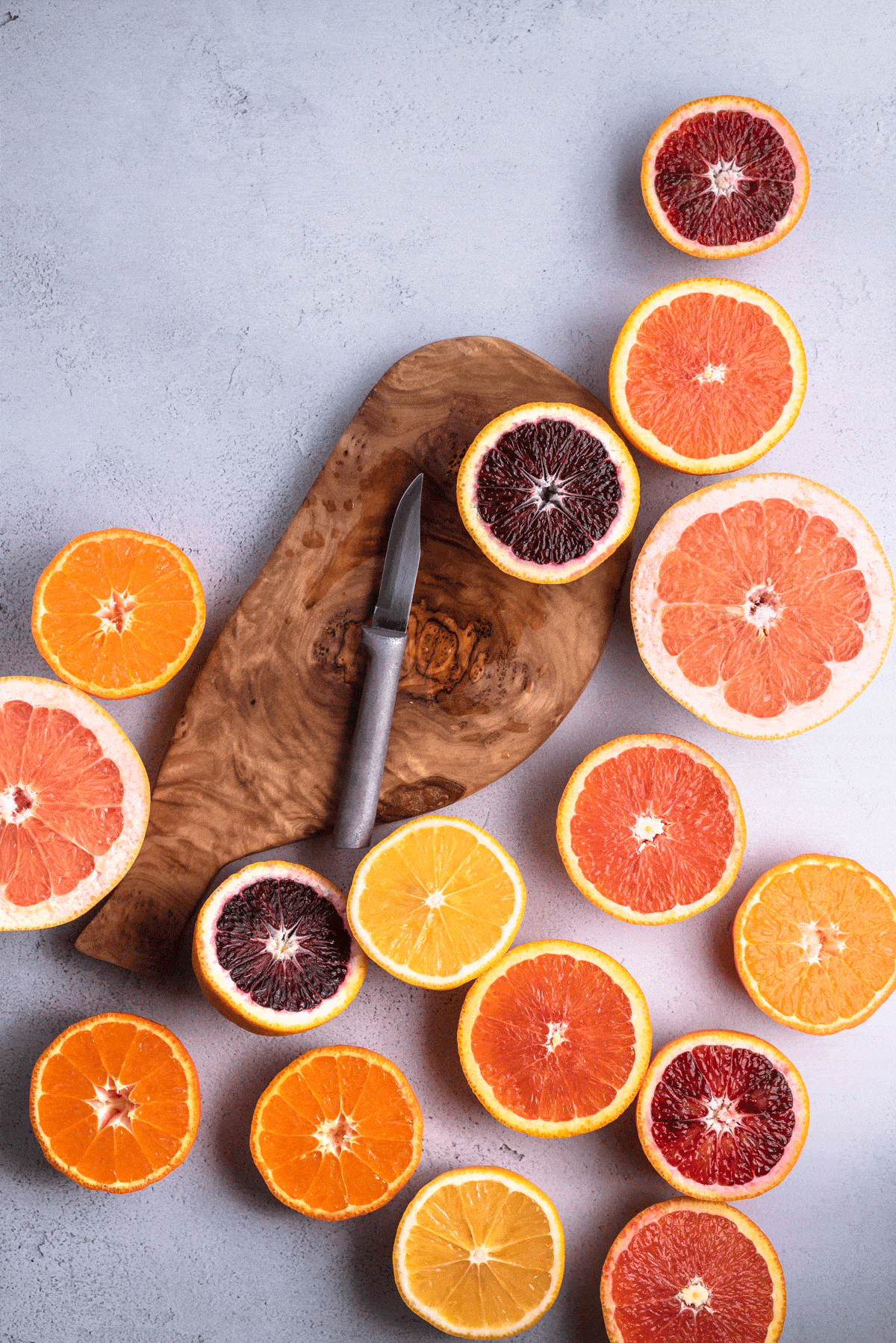
#5 Look for longer lasting perishables
Luckily most of us can still go to the grocery store when needed so we don't have to rely solely on non-perishable foods, but it's still a good idea to focus on perishable items that last a little longer. This can also help reduce food waste!
Fruit: apples, oranges, lemons and limes. Bananas don't necessarily last a long time, but you can freeze them once they're brown and make smoothies or a tasty banana bread.
Dairy: hard cheeses (did you know you can freeze cheese?), butter, eggs, and shelf-stable milk (dried, ultra-pasteurized, or you can make your own nut milk).
Vegetables: carrots, beets, celery, other root vegetables (winter squash, rutabagas, parsnips), garlic, onions, potatoes, cabbage.
This doesn't mean you can't buy delicate greens or herbs, but you'll want to use those foods that will go bad first.
By having some of these longer-lasting perishables on hand, once your delicate fruits/veggies are gone, these should still be good.
#6 Focus on uncomplicated meals
Maybe you're enjoying some time cooking, or maybe you're homeschooling-your-kids-trying-to-work-from-home and just need a little "you" time.
Either way, keeping your meals uncomplicated is super helpful. That way, you won't have to worry about unusual ingredients or meals that use every pot and pan you own.
Keep things simple without skimping on flavor or nutrition.
Soups are great, they're an easy way to use lots of odds and ends. Make a black bean soup with broth, black beans, canned tomatoes, canned corn, and a jar of roasted red peppers. Or opt for a veggie-based soup made from root vegetables like butternut squash or carrots.
Try a simple curry with chickpeas, cauliflower, curry powder and a can of coconut milk.
Even make spaghetti with canned tomato sauce, that frozen sausage from the back of your freezer, with some frozen broccoli to top it off.
Make yourself a Buddha bowl. You can combine lots of different ingredients into a bowl, add a sauce and you've got an easy dinner. Buddha Bowls are also great for using up odds and ends and for picky eaters since each person can choose exactly what they want to add.
Here are some more ideas for simple pantry-focused meals:
- Shakshuka - use canned tomatoes and canned green chilies, add some eggs, spices and crunchy toast.
- Larb - rice, ground meat or tofu and cabbage. Add some soy sauce, fish sauce and some lime juice. A deliciously balanced meal.
- Frittatas - another use-whatever-you-have type of meal. Crack some eggs and toss in whatever you have in the fridge, bake and enjoy.
- Pasta - add a protein (I often use canned fish), any veggies (broccoli, cauliflower, greens, mushrooms), grate some cheese and you've got yourself a yummy meal.
- Beans and rice anything. Add in whatever you've got in your fridge and you're good to go.
Check out our most popular pantry recipes here.
#7 Try to keep things as normal as possible (and be realistic)
During this time, I wouldn't recommend buying something you've never tried before. If you normally eat a sandwich for lunch, buy those same sandwich ingredients and make yourself a sandwich for lunch. Keep it normal.
Also be realistic with how much you buy at one time. If you're not much of a cook, buying that 20 pound bag of onions might not make sense.
For you, maybe you need to focus on getting some frozen veggies and having a couple staples like rice and beans on hand.
Again, there's no need to stock up. Buy what you normally buy and maybe a little extra so you go a couple extra days without heading to the store again.
One last thing: you don't have to deprive yourself of treats, but try not to stock up on too many single serve snacks. Not only are they wasteful (so much packaging...), but they're also not likely to keep you feeling full, which means you'll go through them within a couple days.
Opt for more nutrient-dense, whole food snacks like nuts/seeds, crackers or veggies and homemade hummus.
To help you make sure you're buying foods that will nourish your body (and last a long time), I've created this handy Quarantine Grocery Shopping Checklist. Download yours so you can be prepared for your next grocery shopping trip!
In the end, times like this are all about working together. There's no need to go out and buy up the entire aisle. Simply act as you normally would; there's plenty to go around if we all just act accordingly.
And be kind to yourself. If you can get fresh food, great, but don't stress if you can't right now. Do the best you can with what you have right now.
You've got this.
Stay safe and healthy out there. And given the state of things, here's to getting back into the kitchen for some good old-fashioned cooking :).


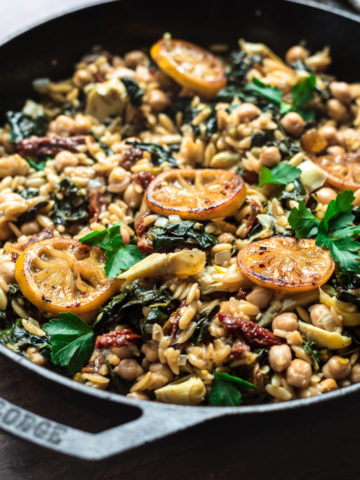
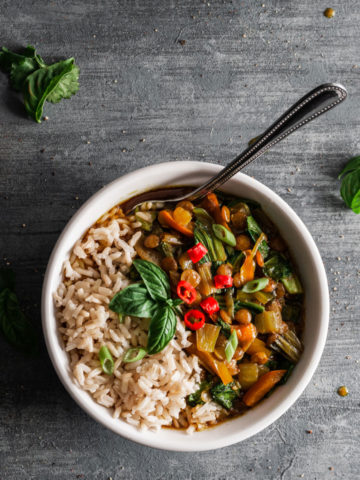
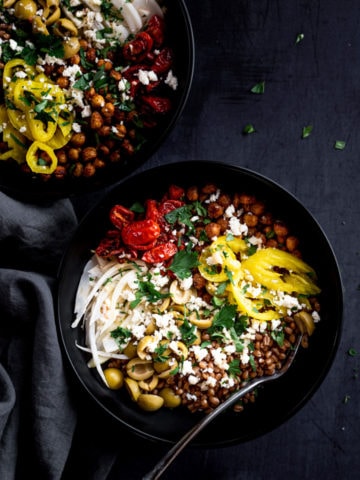
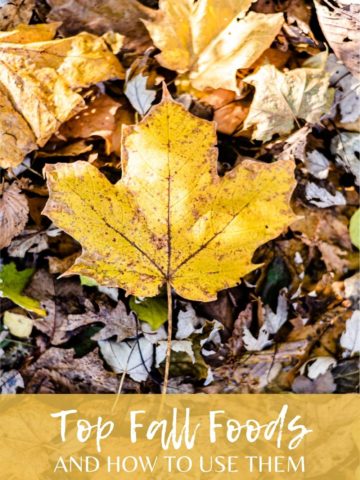
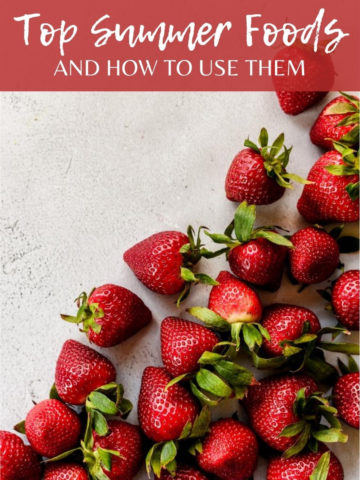
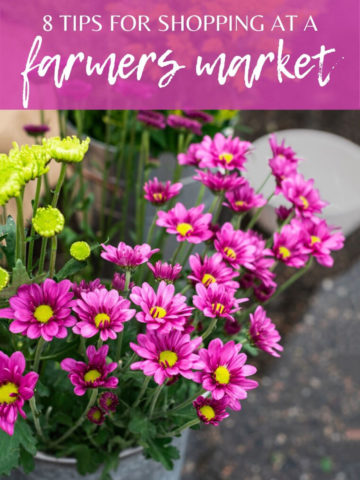
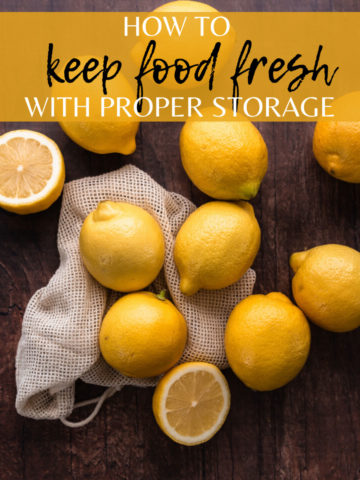
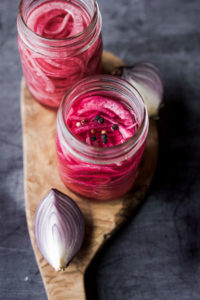
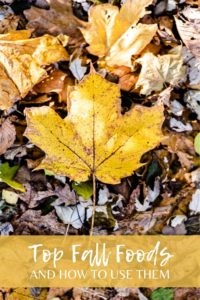
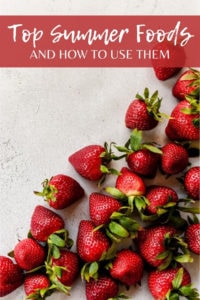
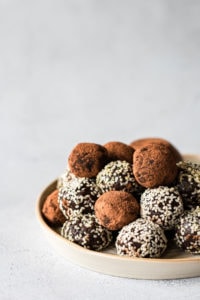
Leave a Reply